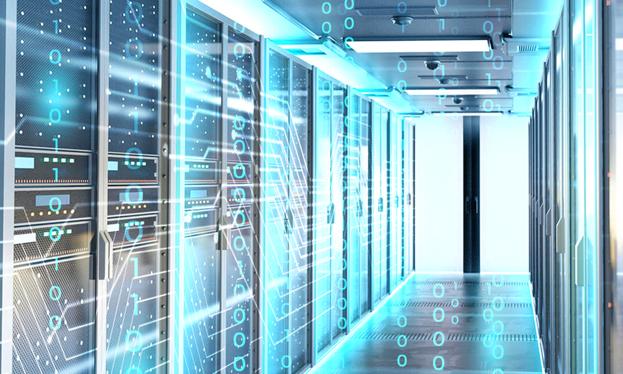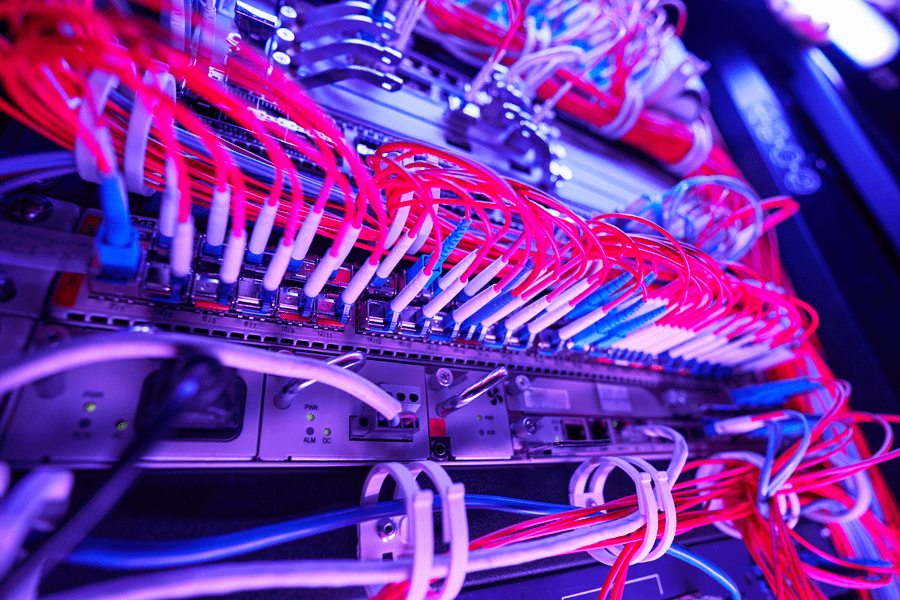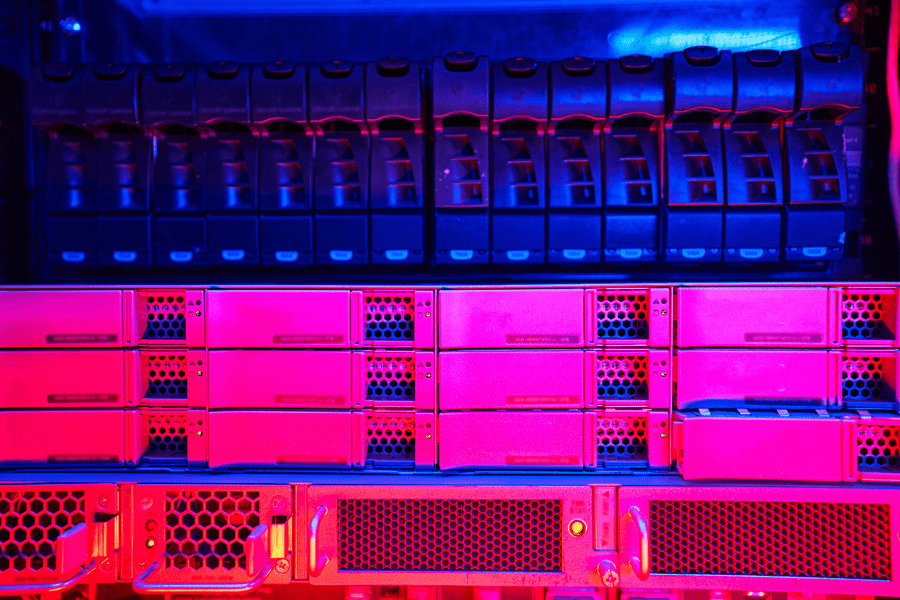Hyperscale Data Centers: How They Empower Businesses in The Digital Era

The number of hyperscale data centers across the globe has been growing rapidly especially since the pandemic. A new report by Synergy Research Group New data shows that the total number of hyperscale data centers increased to 597 at the end of 2020, having more than doubled since the end of 2015. Over half of those hyperscale data centers are collectively owned by Amazon, Microsoft, and Google. In terms of location, 39% of them are located in the US, followed by 10% in China and 6% in Japan. The rest, including newly opened hyperscale data centers, is spread in 17 countries around the world including Indonesia.
What is a Hyperscale Data Center?
Although there’s no agreed-upon definition for what makes a data center hyperscale, most IT practitioners seem to have a common understanding on facilities that can be classified as hyperscale data centers. In terms of physical characteristics, hyperscale data centers are at least 10,000sq ft. in size — a lot larger than other types of data centers. They typically have at least 500 cabinets and 5,000 computing and storage servers linked with an ultra-high speed, high fiber count network. Most of them are owned and operated by the companies they support — usually hyperscale enterprises including Amazon, Alibaba, Facebook, Google, Microsoft, and Oracle.
The Power of Hyperscale Data Centers
In the IT world, the term hyperscale is about achieving massive scale in computing — usually for big data or cloud computing. Hyperscale infrastructures are designed for horizontal scalability and lead to high levels of performance, productivity, and also redundancy to allow liability tolerance and high availability. With this design, hyperscale data centers possess the ability to handle high-volume traffic and the heavy computing workloads of today’s data-intensive and highly interoperable systems. Any organizations that regularly deal with power-intensive tasks like data mining, 3D rendering, video encoding, financial or scientific modelling, virtual reality workloads, cryptography, and big data analytics but run most of their operations in the cloud will benefit greatly from hyperscale data centers. Moreover, hyperscale computing helps reduce the cost of data interruptions. Data losses can cost companies a lot of money, and hyperscaling helps companies minimize downtime due to excessive demand or other complications.
In addition to that, the fact that hyperscale data centers are essentially cloud-based is also a benefit. The use of cloud, combined with big data and distributed storage, offer a robust system which is essential for today’s enterprises and service providers, especially those that offer Infrastructure as a Service (IaaS) and Platform as a Service (PaaS) services in the most effective, most secure, and in the most cost-efficient means possible. Being cloud-based, with an emphasis on software over hardware and less need for physical space, also allows hyperscale data centers to respond quickly to the changing demands of the customers, providing businesses with massive scalability they require.
neuCentrIX’s Hyperscale Data Center
Realizing the growth of hyperscale data center market across the globe especially in the Asia Pacific region, since mid 2020, neuCentrIX has been working on its first hyperscale data center with a new concept entitled ECO (Evolve, Connected, and Origin). With the hyperscale data center, neuCentrIX is proving its commitment to support corporations of various industries, government institutions, and content providers to maximize their performance in the digital era and create a better experience for their customers. Moreover, the hyperscale data center will be a green data center which also proves neuCentrIX’s commitment and efforts in promoting sustainability.

















